News
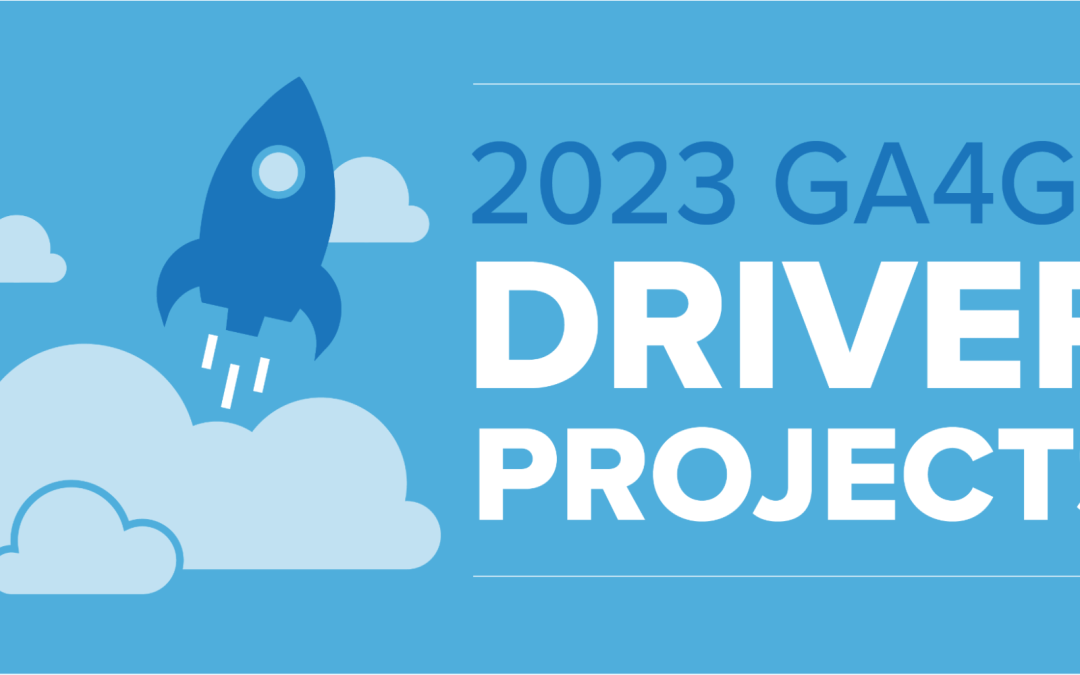
Human Pangenome Named a GA4GH Driver Project
GA4GH Driver Projects are real-world initiatives that help build and implement GA4GH standards, tools, and frameworks. They give voice to the broader genomics community and ensure GA4GH products serve real needs.
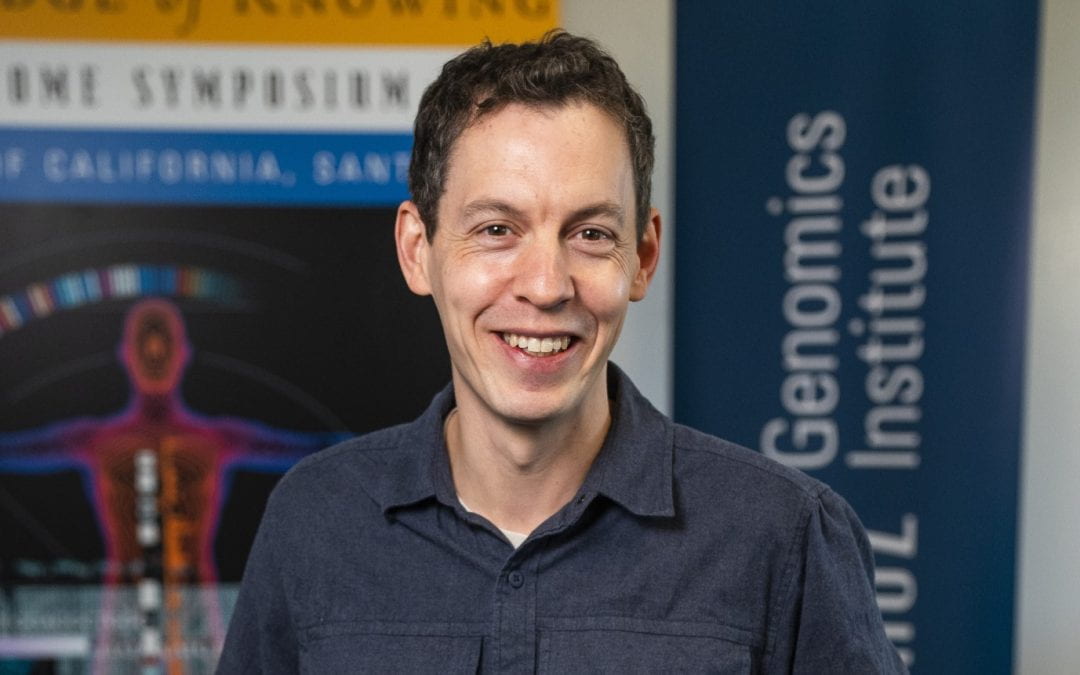
New protocols make long-read sequencing feasible on larger scale
Researchers at UC Santa Cruz’s Computational Genomics Lab and their collaborators have released new wet-lab and computational protocols that will make long-read sequencing feasible for large genomics projects. These protocols, which they have already implemented in a National Institute of Health project for Alzheimer’s research, will allow researchers to characterize regions of the genome that were previously inaccessible with short-read technology.
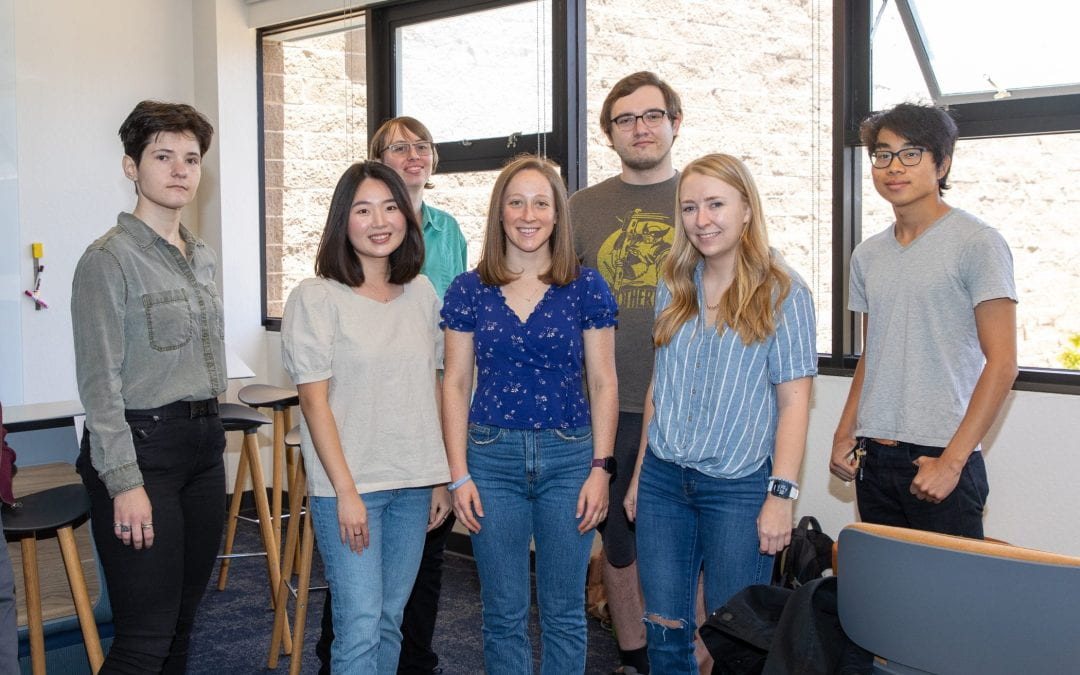
Human pangenome reference will enable more complete and equitable understanding of genomic diversity
UC Santa Cruz scientists, along with a consortium of researchers, have released a draft of the first human pangenome—a new, usable reference for genomics that combines the genetic information of 47 individuals from different ancestral backgrounds to allow for a deeper, more accurate understanding of worldwide genomic diversity.
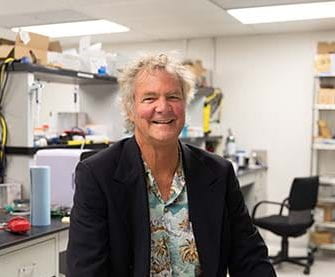
UC Santa Cruz to lead data collection center for major federal project on genetic underpinnings of neurological conditions
The UC Santa Cruz Genomics Institute will run the Data Coordination Center for the Scalable and Systematic Neurobiology of Psychiatric and Neurodevelopmental Disorder Risk Genes (SSPsyGene) Consortium, a new major effort from the National Institute of Mental Health (NIMH) to study the 250 most important genes linked to a wide range of neuropsychiatric conditions.
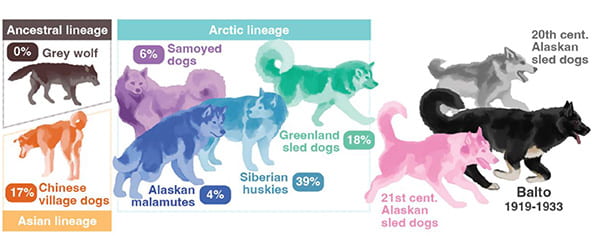
Genome of famed sled dog Balto reveals genetic adaptations of working dogs
The sled dog Balto has been celebrated in books and movies for his role in delivering desperately needed diphtheria antitoxin to Nome, Alaska, in 1925. Now, his DNA has enabled scientists to explore the genetics of 1920s sled dogs in Alaska and understand how they compare to modern dogs.

Researchers produce first-ever toolkit for RNA sequencing analysis using a ‘pantranscriptome’
Analyzing a person’s gene expression requires mapping their RNA landscape to a standard reference to gain insight into the degree to which genes are “turned on” and perform functions in the body. But researchers can run into issues when the reference does not provide enough information to allow for accurate mapping, an issue known as reference bias.
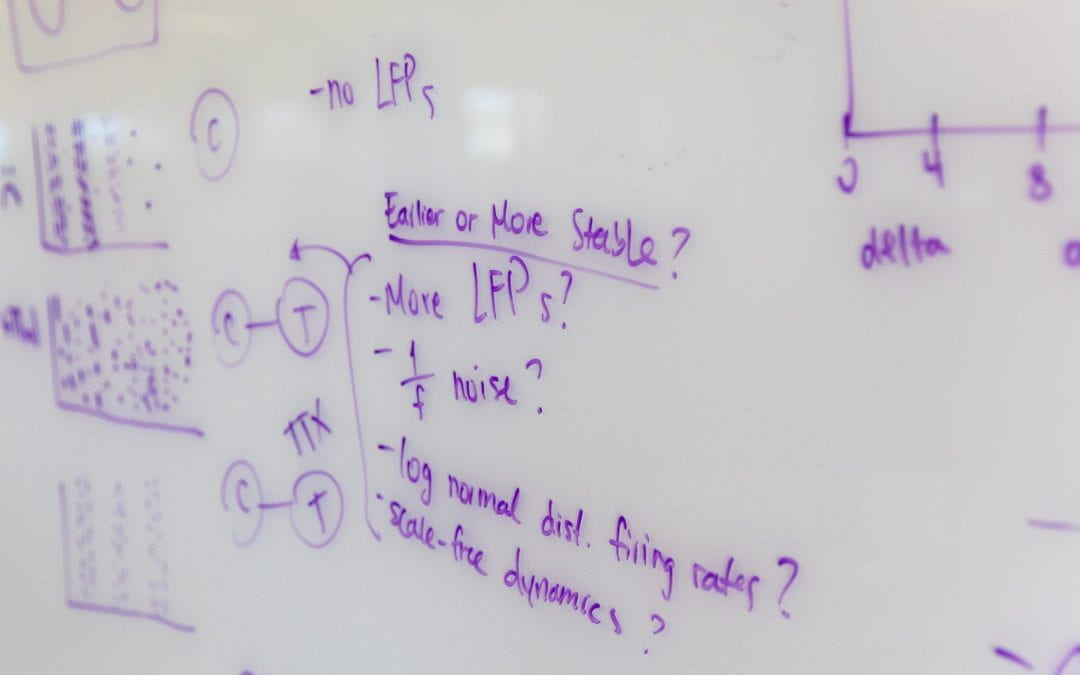
List of most highly cited researchers features 19 UCSC scientists and engineers
A new list of the world’s most highly cited researchers includes 19 scientists and engineers at UC Santa Cruz. The 2022 Highly Cited Researchers list, released November 15 by Clarivate’s Web of Science Group, identifies researchers from across the globe who have demonstrated exceptional influence in their field or fields through the publication of multiple papers frequently cited by their peers during the last decade.
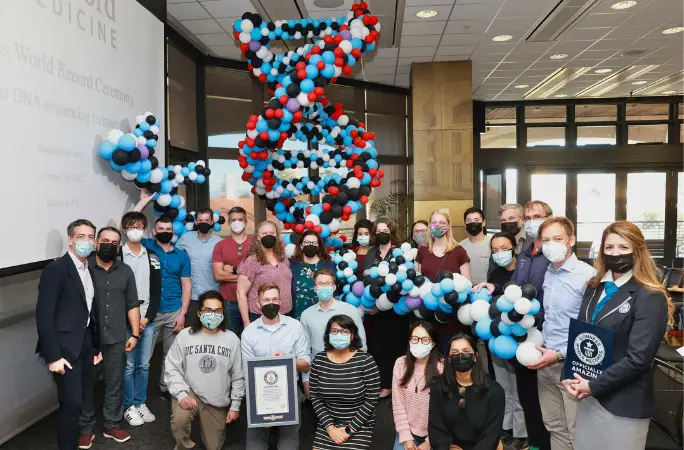
“A new frontier”: Fastest ever DNA sequencing technique achieved
UC Santa Cruz researchers from the Computational Genomics Lab create the computational backbone for a new world-record in sequencing speed. Read about it on the Guinness World Records website.

UCSC and Amazon Web Services work to accelerate genomics research
Emily Cerf | UCSC | April 11, 2022 As AWS expands their products for genomics research, UCSC is a key partner in making complex analysis more accessible to scientists
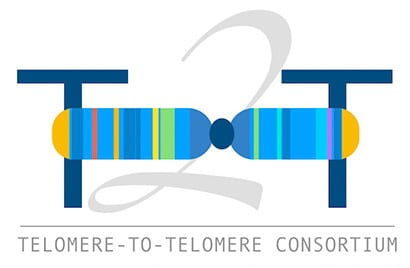
First complete, gapless sequence of a human genome reveals hidden regions
The first truly complete sequence of a human genome, covering each chromosome from end to end with no gaps and unprecedented accuracy, is now accessible through the UCSC Genome Browser and is described in six papers published March 31 in Science.